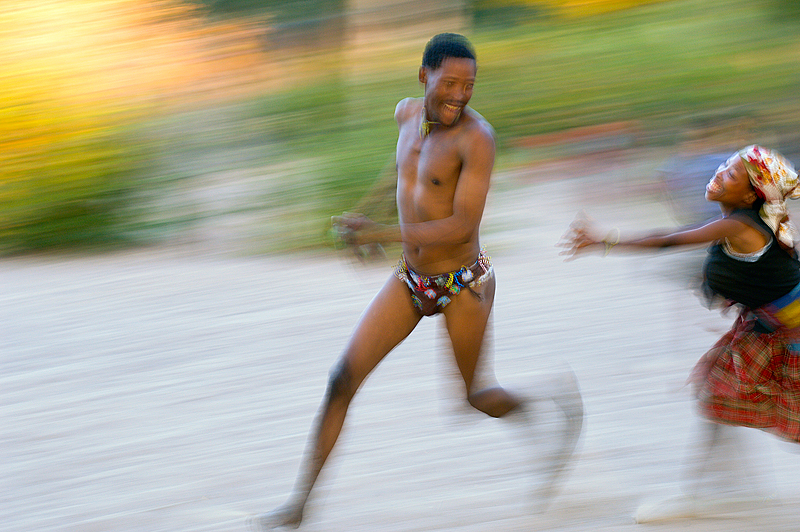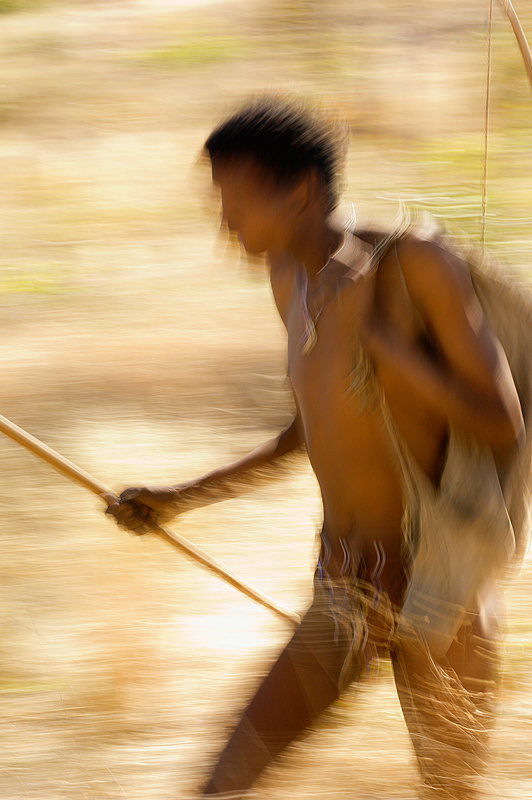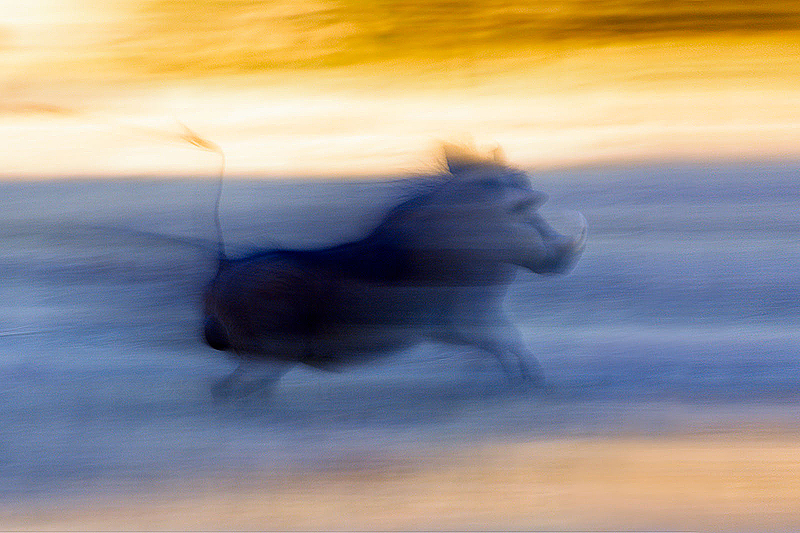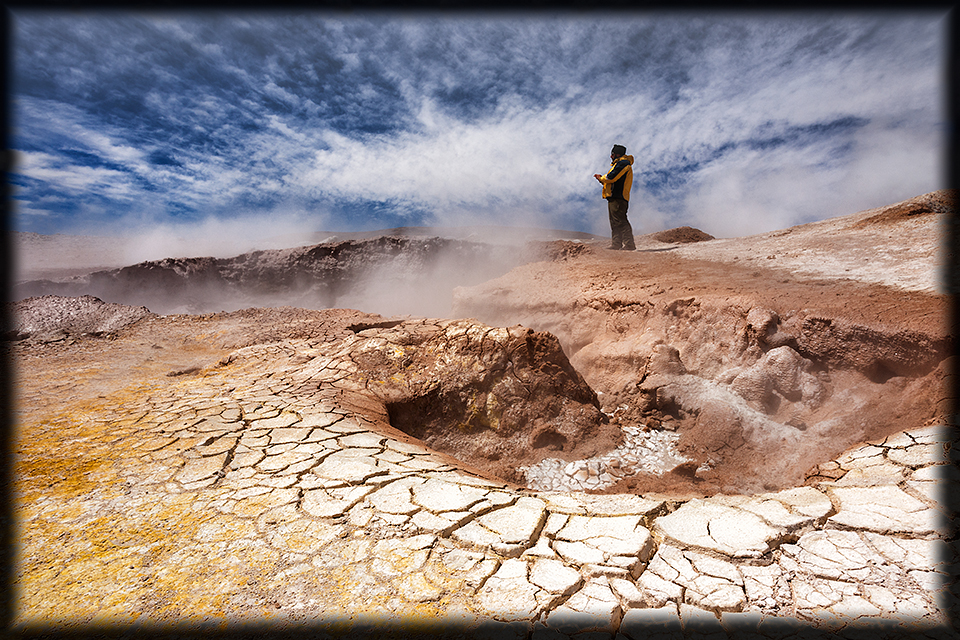I love motion. In my studio, I have chosen to photograph people who move — but I tend to freeze their motion using strobes.
On adventure photo tours, however, I like to experiment with shutter speed and camera movement. The downside is that you never know exactly what you’re going to get. Turns out, that’s also the upside. When you see a great image in a folder of obscure blurry pictures, it’s like finding an M&M in your broccoli.
I’m not saying you can’t predict and learn as you shoot. But even when you’re on your game, there’s always an element of chance in the photo. That element of chance is what makes the whole experiment worthwhile.
If you want to try your hand at capturing motion, be prepared to throw away a lot of shots.
Here are a few motion photos I took in Namibia, Africa. At the end of the post I’ll be the master of the bleedin’ obvious and give my simplified view of the process.


The Monkey Fruit Game is a favorite past-time of the Bushmen. The girls start off with a green monkey fruit (see it in the man’s hand?) and try to keep it away from the men. But eventually, the men wrest the fruit from the women and destroy it. It sounds silly, but look how much fun the girl is having as as the man takes the fruit from her.
I could have photographed this statically and been happy. But the blurring of the background gives us information about how fast the man was running – as do his and her blurred legs.
To keep the subject as sharp as possible, you have to pan the camera with your subject. The key is to put the camera on “Continuous” mode and rip off about 6-8 shots as you pan being sure to “follow through” – in other words, don’t stop panning on the last frame. Keep the panning action going until you are well finished clicking off shots.


I shot the Monkey Fruit Game with my feet planted. I twisted my body to pan with the subject, but that’s not how I made this shot.
The Bushmen don’t walk extraordinarily fast, but neither do they stop. I wanted to capture this feeling of a Bushman moving through the bush.
I first tried running ahead of the perpetually moving group of Bushmen, planting my feet and pivot-panning as they went by. Then I’d run and run to get back ahead. Exhausting! Running. Panning. Running. Panning.
I decided to walk with them and use my own legs as a panning vehicle. I pre-focused, then tried to let my arms and camera move independently of the up-down motion of my body as I walked.
I like the way you get a sense of the Bushman’s motion here. You can’t really see his face but the spear and bow, the body shape and the hair give enough indication for me that it’s a Bushman.


Nothing says Africa, like the enchanting visage of a warthog. Every time I see one of these guys I laugh. So huggable.
I actually experimented with various shutter speeds and this one turned out to be one of the longest exposures. But even though it’s abstract, you can tell it’s a warthog.
One benefit of panning is that a blown out background becomes irrelevant. Who cares if you lose detail in the smear? You can see just above the tail that there would’ve been a big area of blown-out grass.
So here’s the Summary of the Bleedin’ Obvious
OBVIOUS Point #1 -Don’t ask me or anyone else what shutter speed you need to get an effect. No one else can tell you. – It depends on how fast your subject is moving and how close or far you are from the subject. Start with one shutter speed and adjust it. Don’t be afraid to try a really long exposure and see what you get.
OBVIOUS Point #2 – Pan the camera or carry the camera beside the moving subject while taking the shot. If you’re in a vehicle and your subject is moving at a similar speed, let the vehicle do the panning for you.
OBVIOUS Point #3 – Put your camera on “Continuous Frame” mode and fire off as many shots while you pan as your camera’s memory buffer will allow.
OBVIOUS Point #4 – As shutter speed gets longer, the subject goes from being more sharp to less sharp – AND, it goes from being more realistic to more abstract.
OBVIOUS Point #5 – If the background is blown-out, but your subject is moving – Pan! and smear that obnoxious blow-out into an abstract streak that people will admire.
OBVIOUS Point #6 – And this is the most important. — Don’t worry about messing up. You can’t. Treat yourself to a no-pressure romp into the absurd. That’s where the “happy little accidents live in our world.” If someone tells you you’re doing it all wrong, whack ’em with your tripod.
-Dave



